By Al Hemingway
Lieutenant General Lewis Walt was not a happy man. The burly III Marine Amphibious Force commander had just been ordered by Commanding General William C. Westmoreland to assist in the construction of a barrier to stem the flow of men and materiel coming into South Vietnam from the north. To professional military men like Walt, the concept was a foolish one. Washington, as usual, had other ideas. Secretary of Defense Robert S. McNamara had been convinced by Harvard Law School Professor Roger Fisher that a “conventional mine and wire barrier to be backed up by monitoring troops” was the key to halting the estimated 15 enemy battalions crossing the Demilitarized Zone (DMZ) into the south. The proposed barrier was to run from the South China Sea westward across the northern part of South Vietnam, all the way to Laos and eventually into Thailand.
The Strong Point Obstacle System
From the outset, McNamara met resistance to his plan. Navy Admiral U.S. Grant Sharp, commander-in-chief of all American forces in the Pacific, objected vehemently. He pointed out that the scheme would put a tremendous strain on the logistical community. The gigantic construction endeavor and massive amount of manpower required to maintain and protect it weren’t worth the effort, in Grant’s opinion. Walt and his Marines could not have agreed more. “To sum it up,” said one Marine officer, “we’re not enthusiastic over any barrier defense approach to the infiltration problem. We believe that a mobile defense by an adequate force would be a more flexible and economical approach to the problem.” Another Marine put it even more bluntly: “With these bastards, you’d have to build the zone all the way to India, and it would take the whole Marine Corps and half the Army to guard it. Even then they’d probably burrow under it.”
Still, McNamara persisted. In September 1966, the JASON Group, a self-described “university think tank,” presented their new, improved barrier design. This time they added air support to the mix. Determined to implement the plan, McNamara chose Army Lt. Gen. Alfred D. Starbird to lead Task Force 728. He directed him to “provide an infiltration interdiction system to stop (or at a minimum substantially reduce) the flow of men and supplies from North to South Vietnam.” Westmoreland also wanted the barrier put in place. Instead of an actual fence, a path would be hewn out of the jungle just below the DMZ and anchored by strongpoints. Phase one of the so-called Strong Point Obstacle System (SPOS) would extend from Gio Linh, on South Vietnam’s east coast, to Con Thien, an abandoned French fort located near the DMZ.
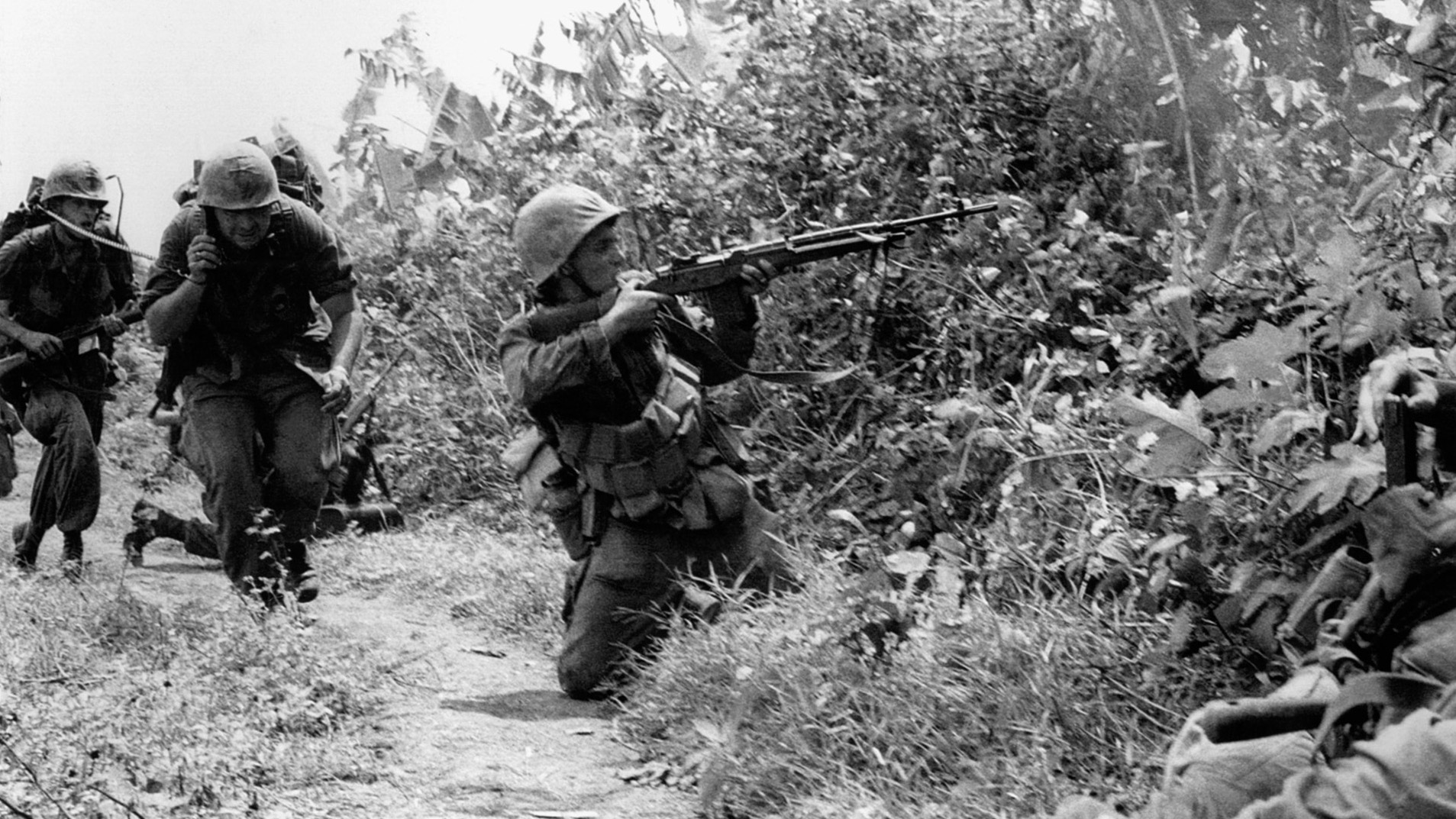
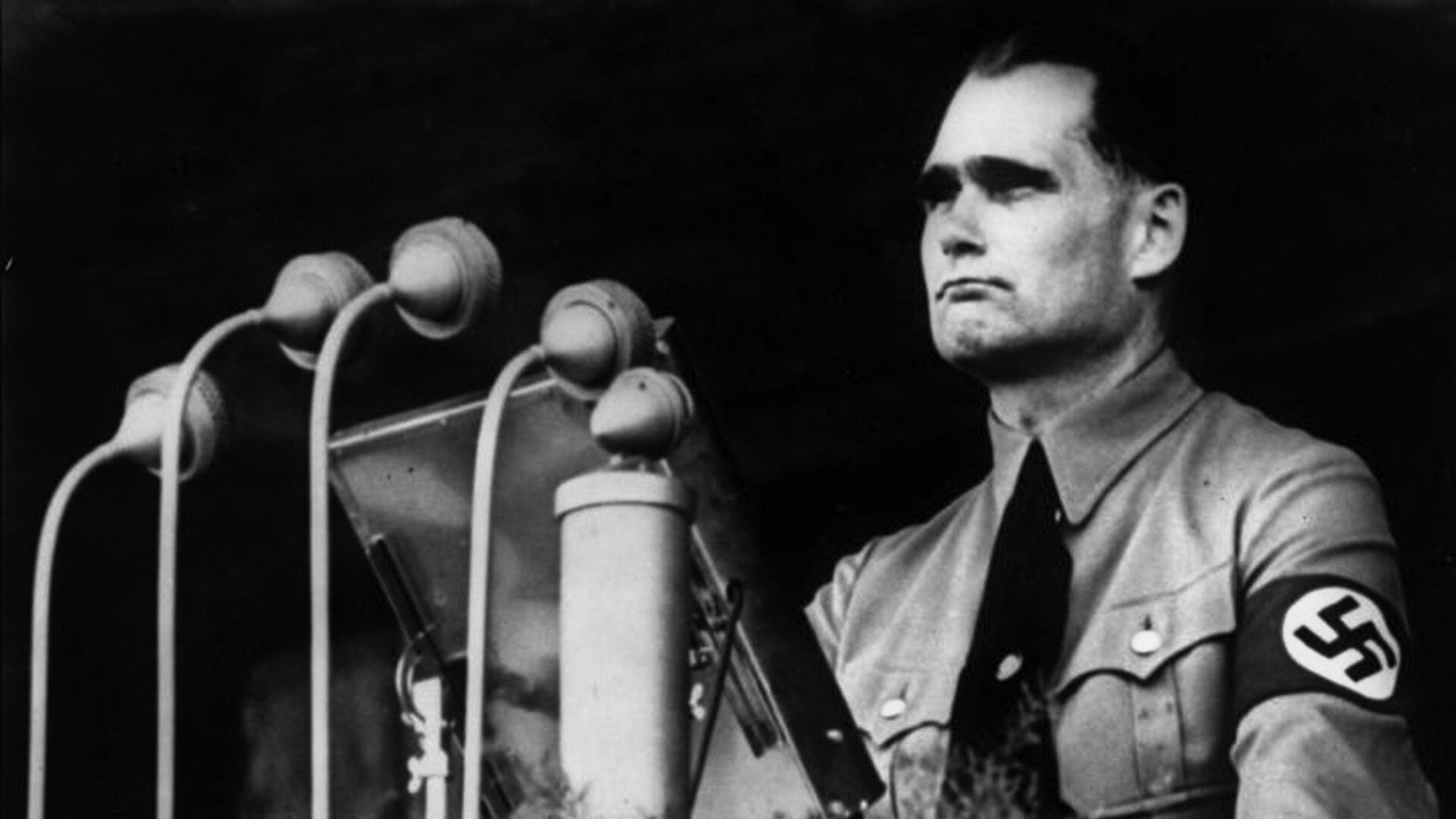
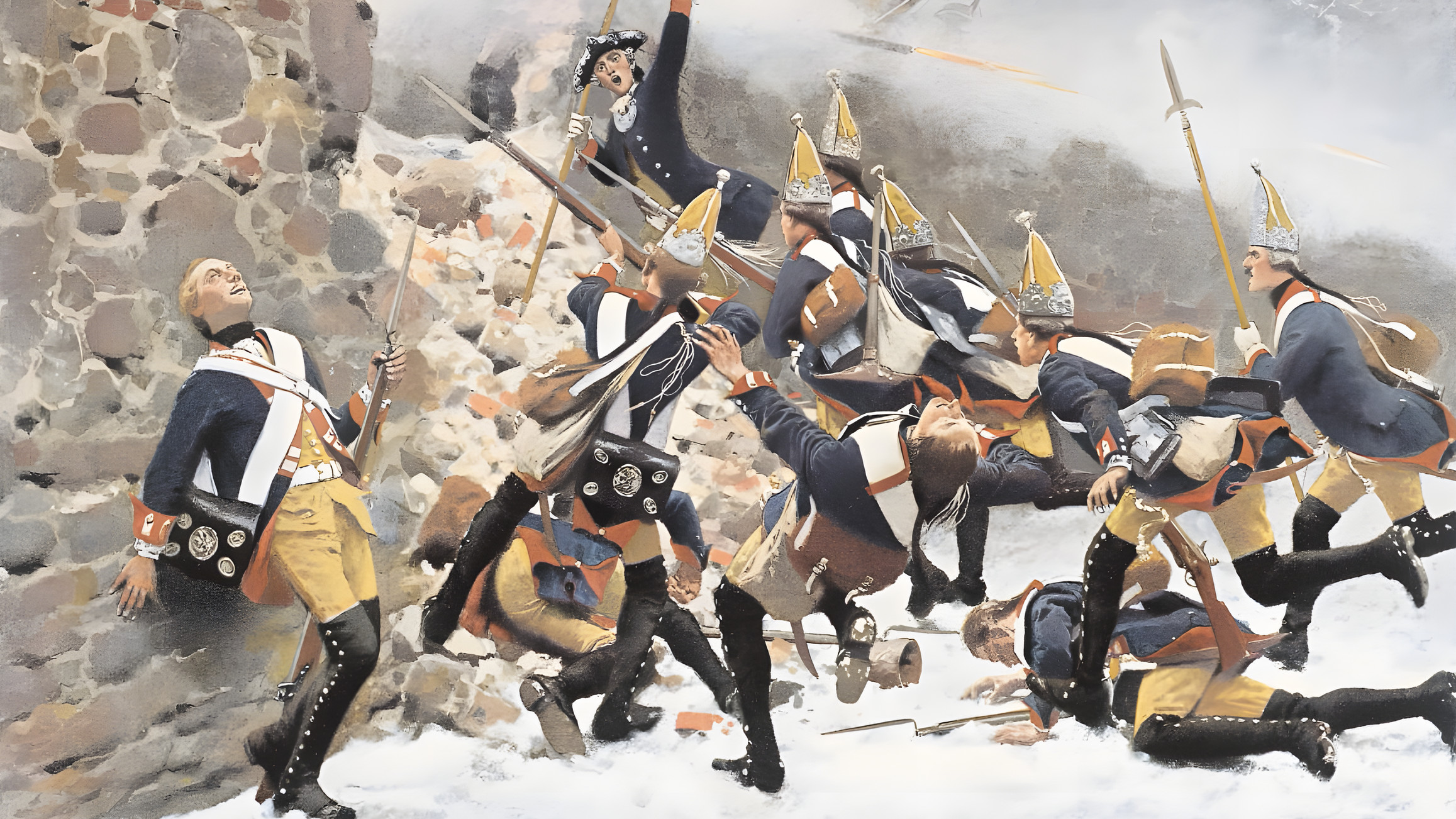
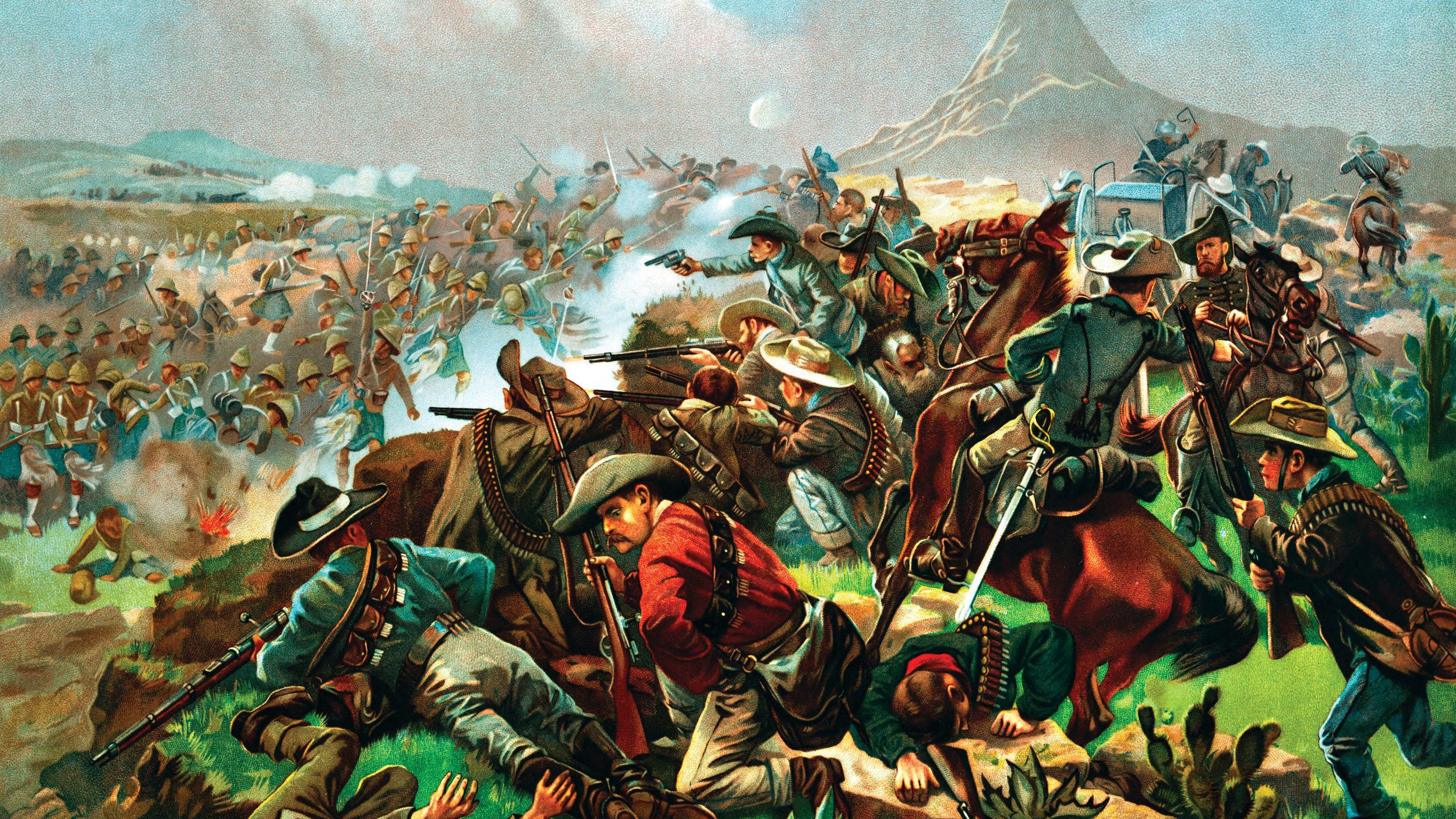
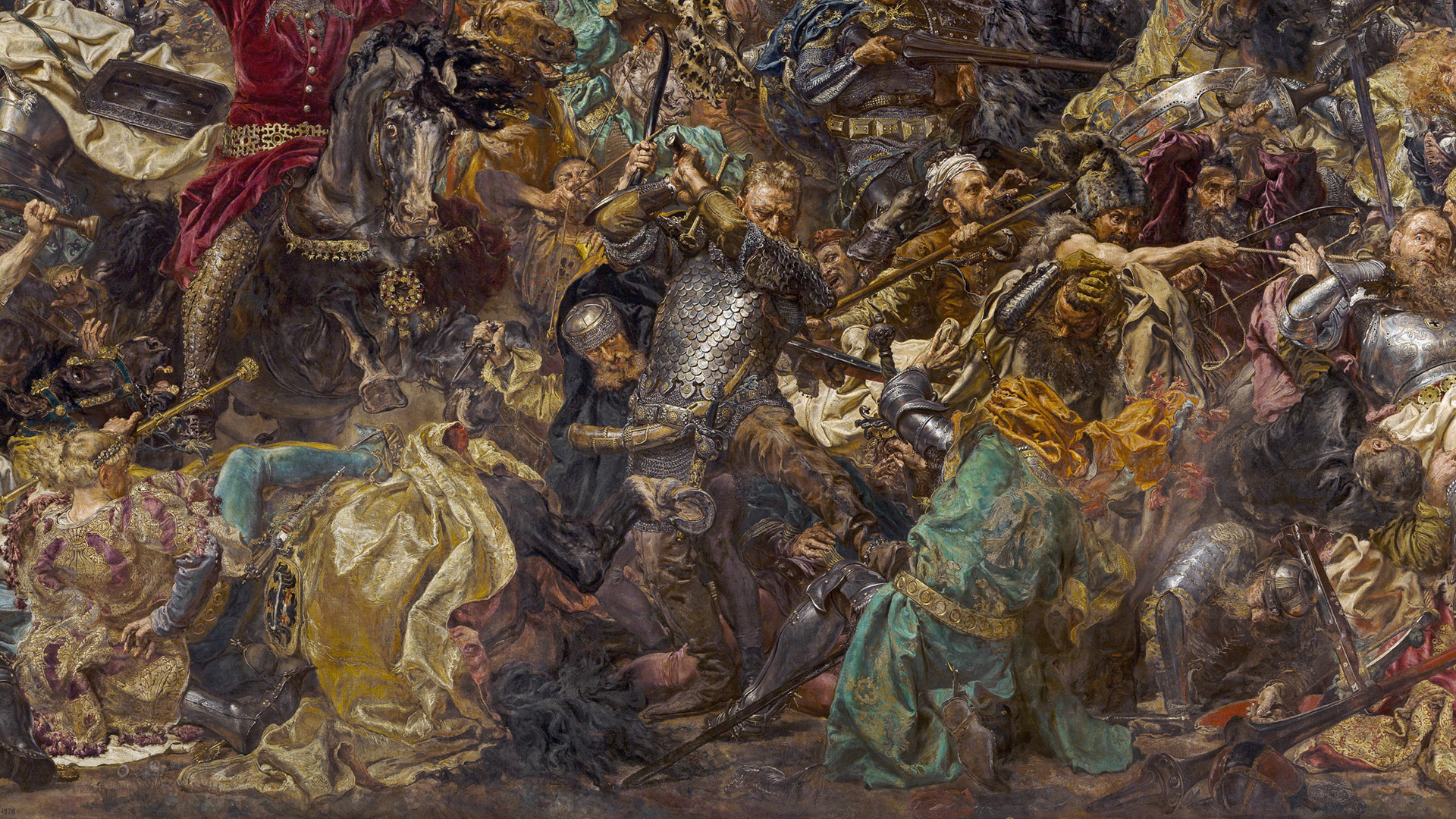
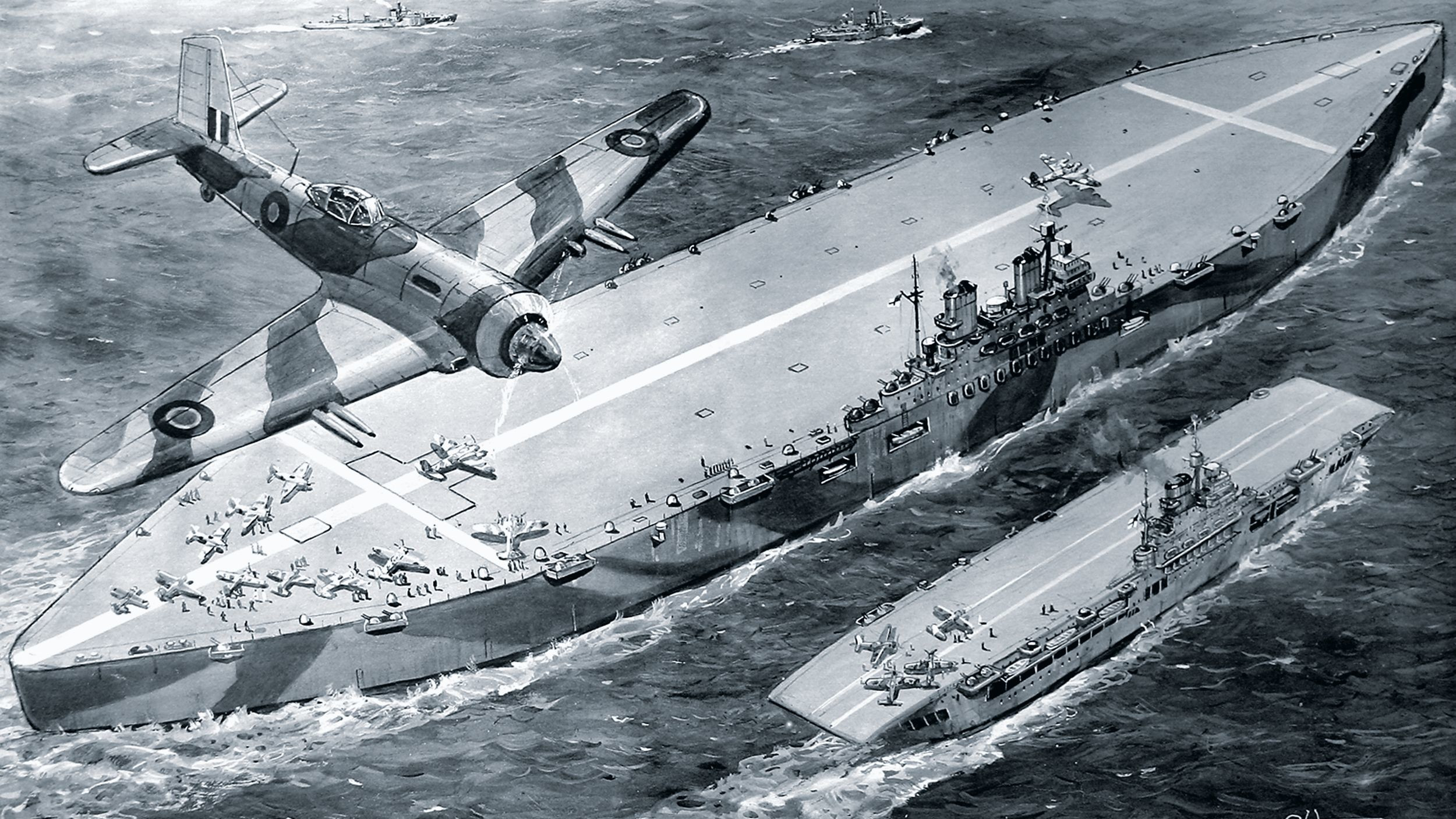
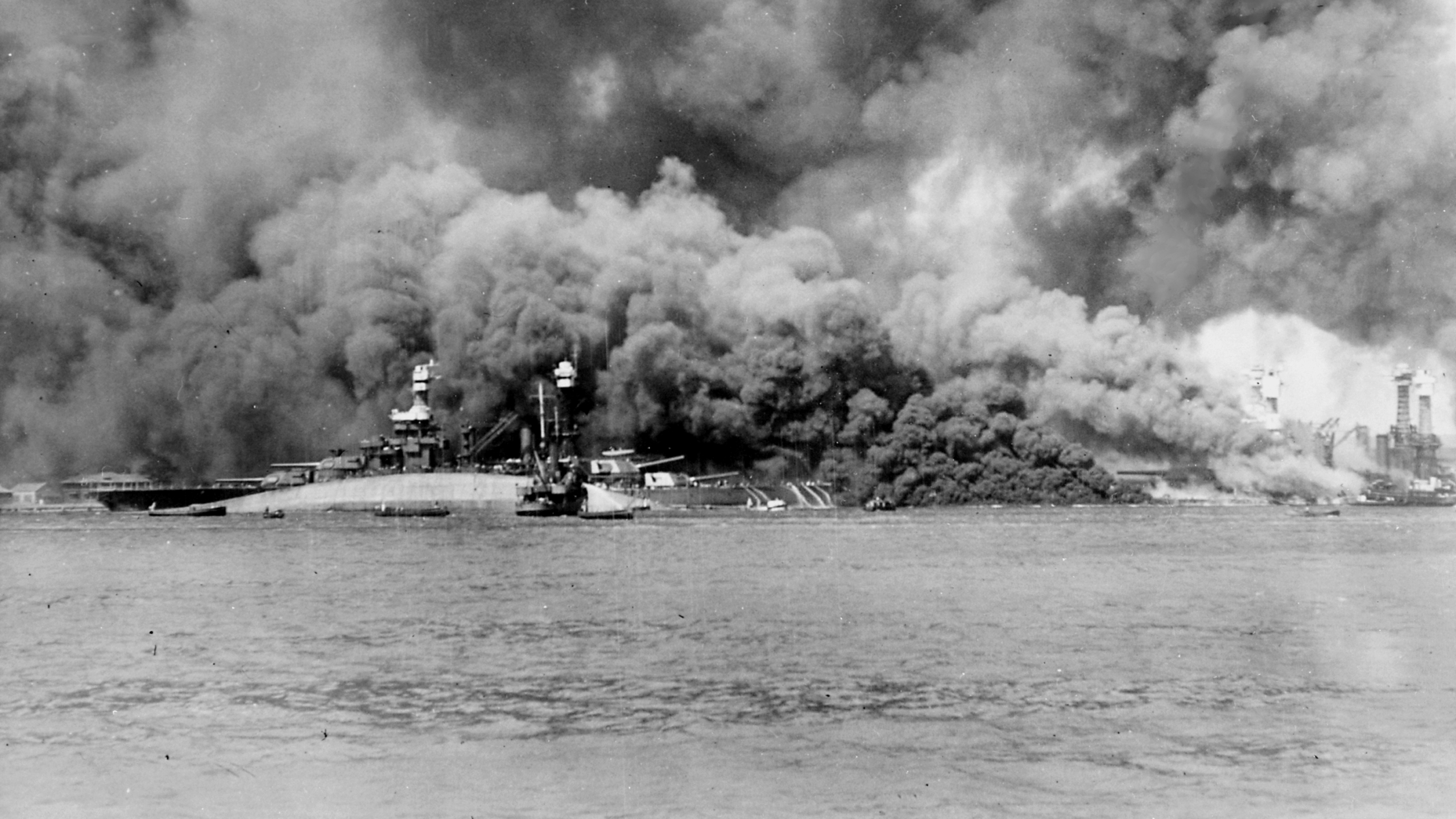

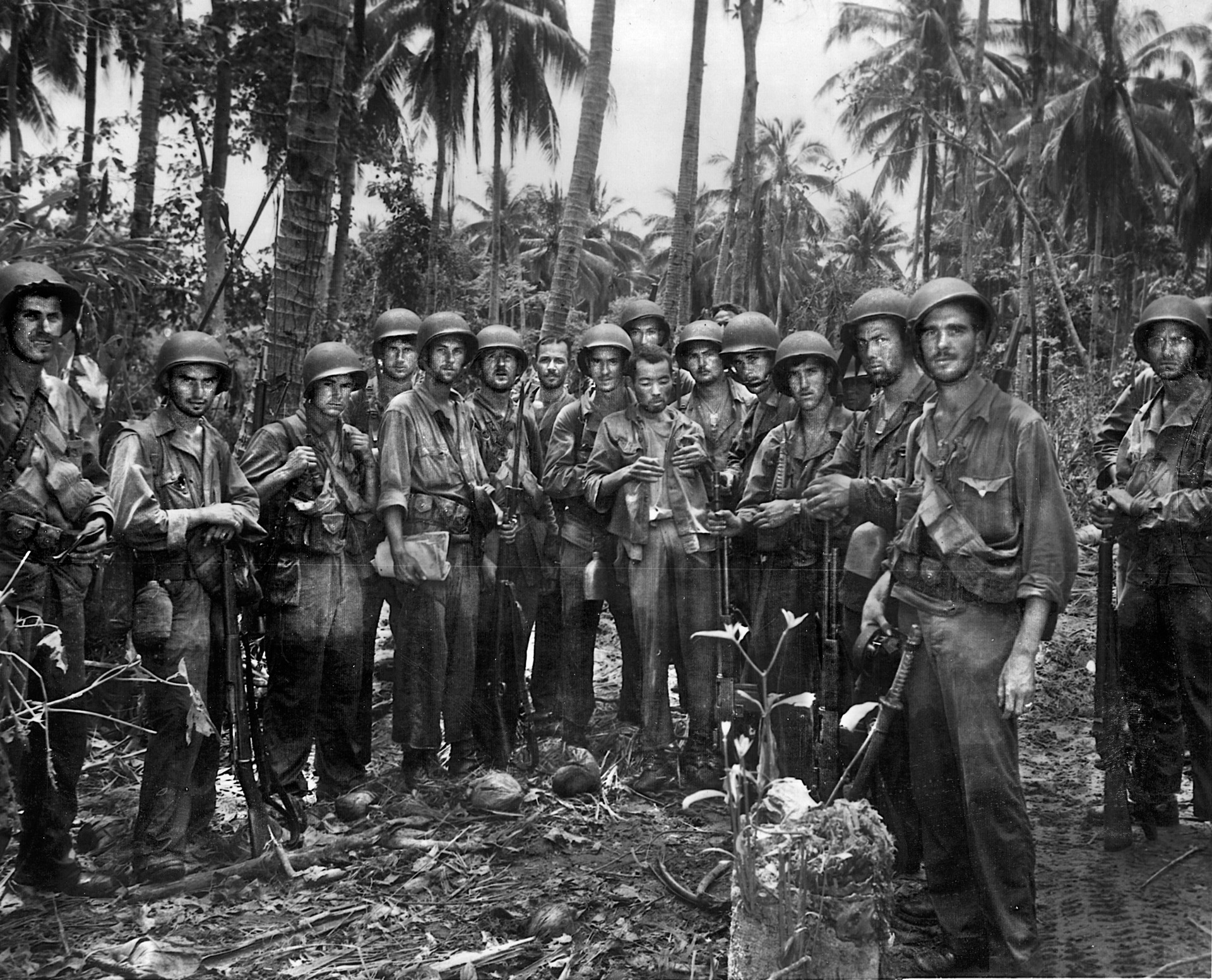
Just a question. Was B-52’s used at all on the NVA artillery?
B52s were over our heads every 90 minutes, Arclight sorties. The gun were mounted on rails and ran back into caves. We bombed the tracks and they would rebuild them overnight. I was with Mike Company 3/9 from August 8, 1967 until December 1967. I was wounded at Con Thien in September 22,1967 and medevaced to the USS Sanctuary. No way to describe that nightmare.
My father was in the 1st Marines in this battle. He is currently in hospice. I’d love to connect with anyone who’d like to talk about this experience. I will find out more details from him as far as dates, etc. His name is Ed Mangum and he’s from Grand Rapids, MI. Please feel free to contact me. Thank you.
Elizabeth, God Bless you. I was with Delta Company (we called it Dying Delta), 1st Btn, 9th Marines, and was wounded just 2 days before the start of Buffalo. We were sweeping north of Con Thien — I’m pretty sure we were in the Z — when I got shot (not serious) while trading point with a crazy South Boston Irishman named Ray Kelly. He saved my bacon that day, and I was back on Con Thien on light duty when my platoon (2nd) was attached to go out and retrieve bodies, destroy/retrieve equipment, etc. I had been a radio man for 6-8 months, so I heard the whole Bravo Co. fiasco as it happened. Sad.
You can contact me at my email addr, aanderso.cw@verizon.net, and please use “CON THIEN” in the subject as I get so many emails. God bless, and tell your Dad a fellow Marine from Con Thien said hello, Semper Fi, and I hope to see you in Heaven soon. BTW, IF your dad is not saved, please take him to church so he can hear the Word and be called by the spirit, as we are deep in the End Times, and Christ is returning very soon!
Andy, Doc K here…1/9 Delta Company 3rd Platoon.6/68-5/69..sounds like I followed a bit after your tenure. Remember joining 1/9 when they were near Cam Lo along the river and then moving out to sweep through Con Thien and Khe Sanh areas with tanks on my first operation with them. Served through operations Kentucky, Scotland, Dawson River, Dawson River West and beginning of Dewey Canyon before being relieved from the field and headed to 3rd med battalion in Quang Tri working in the ICU. Lots of memories of LZ Stud (later Vandegrift Combat Base), Rockpile, multiple combat bases, miserable days-nights during monsoon rains and getting stranded inside the DMZ (Johnson signed special order) for nearly 2 weeks with long rats for 5 days! Thanks for your service brother and great advice to Elizabeth. Semper Fi and Psalm 46:1
it was the same as you describe when I hauled 105 mm ammo to Con Thien in 68-69. The intensity was much less.
I was with Dying Delta, 1/9 from March 1967 to rotation on 30Dec67, and was wounded and medivacked while sweeping north of Con Thien 30Jun67. That turned out to be the end of Kingfisher/start of Operation Buffalo. There is an excellent book on Buffalo, Operation Buffalo: The Marine Fight for the DMZ by Keith William Nolan.
Semper Fi to all my comrades in arms who served in the pickle barrel.
Absolutely. From Con Thien, we saw many secondary explosions caused by the “Arc Lights”. I’ve met several B-52 crew and support personnel since then, and thanked them every one, and let them know what that meant to us on the Hill. Without Arc Lights, we’d almost surely have been overrun several times.
Was at Con Thien Sept and Oct 67 with Mike Co., 3dBn, 4thMarines. Truly it was a hell hole and a meat grinder. Left there late Oct 67 and headed for home. Spent 20 months in country all with Kilo 3/4 and Mike 3/4.
I Was A Medevac Corpsman With HMM-361, Out Of MAG-16 FWD, Dong-Ha 1967 ??
??
Flew For Con-Thien, Khe-Sahn, Gio-Lyn, Cau-lo, Camp Carroll.,
SEMPER FI COMRADES
Sean Barry HM2 MAG-16FWD Dong-Ha
E-mail: musicstr47@gmail.com
Does anyone remember a marine named Ken Sewatsky, (from NJ) operated an ENTOS? Gary Schubert (from West Virginia) [KIA] ? Con Thein, Khe San, Dong Ha? Ken was My ex husband, former marine , asking for my children. GOD BLESS ALL OF OUR WARRIORS, THANK YOU?? SEMPER FI ??
Semper Fi, Doc, and God bless you all. You guys had more courage than all the rest of us put together…which is saying something.
You left out one of the biggest and most costly battles in US Marine Corps History. The battle was part of Operation Kingfisher, it occurred from July 28-30, 1967. It originated and was conducted out of Con Thien into the DMZ.
As the son of Veteran that served here during this time. The accuracy of this information is vitally important to RESPECT & HONOR these Men that fought here and to provide accurate information for all to be educated about.
Spent Nov. 1967 to Dec. 1967 at Con Thien, with Charlie company 1/1. I was the Radioman for the Arty FO team. Got my second Purple Heart there, on OP 3. on Dec 5. The monsoon mud was over a foot deep, and just walking was a chore. The cold was the worst. MISERABLE is the only word to describe this Hell on earth. During TET, Charlie 1/1 was in Hue City. Operation Pegasus in April ”68 was my last operation. 1/1 and the 1st Air Cav broke the seige at Khe Sahn. Also took part in Operation Medina in OCT 67. My first operation was Operation Union, in April 67 , in the Que Son Valley. One bad Operation after another. The only reason I made it home was BLIND LUCK. I’m a 72 year old Combat Marine and still “Kicking Ass”.——–Steve Kane
Was the RTO on the helo pad from October (pulled off with Maleria late October) back again in December to get wounded. Can’t find any reference of being bombed by our own jet as C2 was being attacked below us in October. Watched a ch 34 chopper crash in the LZ that night. It is like a dream. Surprised to see my picture in Life magazine Oct. 27, 1967. My mother was not happy. For more on this visit the web site for the Pennsylvania Veterans Museum and scroll down to interviews, Yes that is me talking about Con Thien.
Saw the mud comment above. Was familiar with ‘Kelly Humps’ (drainage dips) on Forest Service roads in Montana, and in early January 1968 was out scouting for locations to have our engineers bulldoze a few in. Mortar shrapnel found my magnetic left tibia and sent me home.